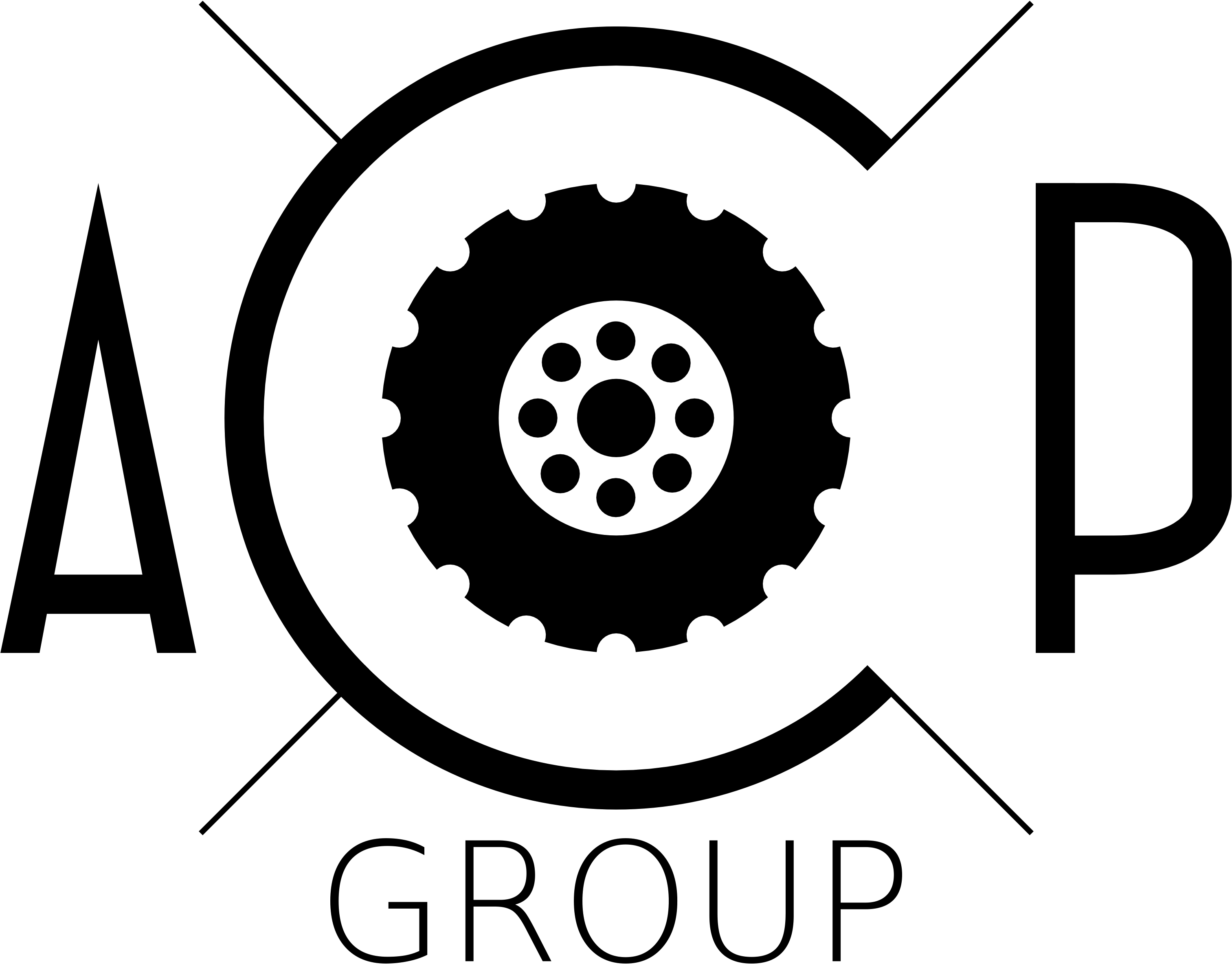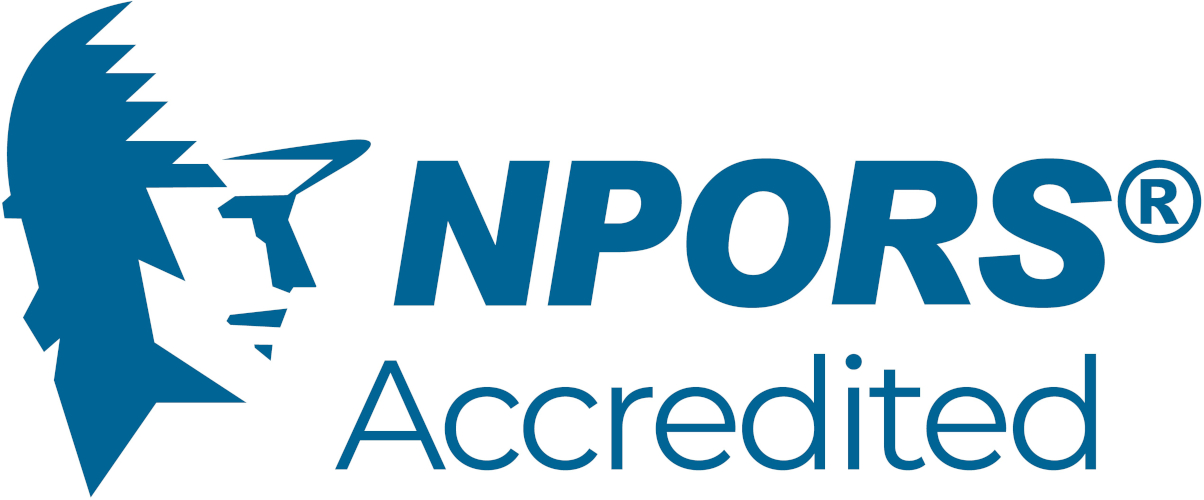Here are the theory test questions for A59 Excavator 360 above 10 tonnes.
During the theory test you'll be asked a maximum of 40 questions.
Please note that your paper will include all the questions we have marked here with an asterisk *. In addition you will have a random selection of the other questions that are not marked here with an asterisk.
These questions will appear on every A59 paper
If setting up to work in a pedestrianised area, state THREE factors that need to be taken into account. (3 marks)*
The operator is asked to excavate a new trench. State FIVE different requirements that must be considered or implemented before work commences. (5 marks)*
Explain ALL visual checks that must be carried out on all types of quick-hitch bucket attaching systems before use. (4 marks)*
What factors determine the shoring requirements of a trench? (2 marks)*
Describe TWO actions to be taken for an open trench at the end of a working day. (2 marks)*
Why must excavator operators not begin to load vehicles until the forward-tipping dumper driver is clear of their machine? (1 marks)*
Name TWO types of equipment used to ensure that excavation levels, measurements and positions are to the required specification. (2 marks)*
A random selection of these questions will appear on each A59 paper
What information does the ‘dig-envelope’ (also known as ‘working range’) chart give?
(Candidates may be shown a copy of a chart.) (1 marks)
Give TWO reasons why, wherever possible, operators should excavate the ground in layers. (2 marks)
If checking the oil level using a dipstick, why must gloves be worn? (1 marks)
In what situation does a hard hat NOT need to be worn when operating a 360 excavator? (2 marks)
State the purpose of the check valve(s) located on the boom cylinder rams. (1 marks)
Give THREE reasons why an oversize bucket should NOT be used when excavating trenches to specification. (3 marks)
Cable avoidance tools (CATs) can detect a variety of buried services. What type of material do they have limitations in locating? (2 marks)
a) What determines the minimum distances that any part of plant and machinery has to be kept from over head electricity lines and
b) explain why a distance should be kept. (4 marks)
If both travel levers (or travel pedal for wheeled machines) are pushed forwards when the track motors (or driving wheels) are in front of the cab, in which direction would the machine move? (2 marks)
When parking the machine at the end of the shift, name THREE places where the machine should NOT be parked. (3 marks)
Why should different soils be segregated during excavating? (1 marks)
If the operator has to top-up the hydraulic oil, state TWO precautions to ensure cleanliness of the system. (2 marks)
If a yellow-coloured marker tape is unearthed during excavating, which TWO types of services could this indicate? (4 marks)
Give TWO examples of where The Work at Height Regulations may apply to 360 excavator operations. (2 marks)
Why is it important that the bucket/attachment is lowered and the engine switched off before the operator exits the cab? (3 marks)
When must a banksman/signaller be used before moving an excavator? (2 marks)
Describe a physical method of checking that a bucket is fully secured to the quick-hitch coupler prior to work. (4 marks)
If the operator has loaded the machine onto a transporter/trailer on behalf of a driver, what checks must be carried out before they leave the cab? (2 marks)
The operator has been asked to drive the machine onto a transporter/trailer.
a) Who is responsible for the loading operations and
b) state FOUR actions to be considered by the operator before loading commences? (5 marks)
What is the nearest distance allowed to gas pipes when excavating with the machine? (3 marks)
What is the purpose of a roll or ROPS frame? (2 marks)
What is the purpose of the counterweight of the machine? (1 marks)
On a semi-automatic quick-hitch bucket attaching system:
a) what is the purpose of the safety pin and
b) what checks MUST be made to the pin before use? (3 marks)
If a trench has a depth of 2 metres:
a) What is the minimum distance to maintain from the edge of the trench when placing spoil and
b) explain why? (2 marks)
What particular and specific hazards can affect the stability of the machine when working on old industrial (brownfield) sites? (2 marks)
When working in a confined area or space:
a) what danger can be present with regards to the counterweight of the machine,
b) when should measures be taken and
c) what measures should be implemented? (3 marks)
Why should an excavator be re-fuelled at the end of the day? (1 marks)
Before manually changing any bucket:
a) Where should the bucket be positioned (in relation to the ground) before removing the final pin and
b) explain why? (2 marks)
Name THREE ways in which an operator can minimise their impact upon the environment whilst using the machine. (3 marks)
Why must the seat belt be worn, even with the cab door closed? (2 marks)
Give FOUR reasons that may cause the machine to tip over – forwards and/or sideways. (4 marks)
If setting up to excavate in a confined area, name TWO things that should be taken into account before starting. (2 marks)
a) Why should the slewing direction be to the left wherever possible and
b) Explain why. (1 marks)
Before leaving the cab for a rest break, after parking and switching off the machine, what final action must be carried out? (2 marks)
If the excavator is carrying out deep excavating work using the full working range, what hazard may occur? (1 marks)
During work, the engine starts to overheat.
Explain the danger if someone tries to remove the radiator or expansion tank cap. (2 marks)
End of questions for A59 Excavator 360 above 10 tonnes


